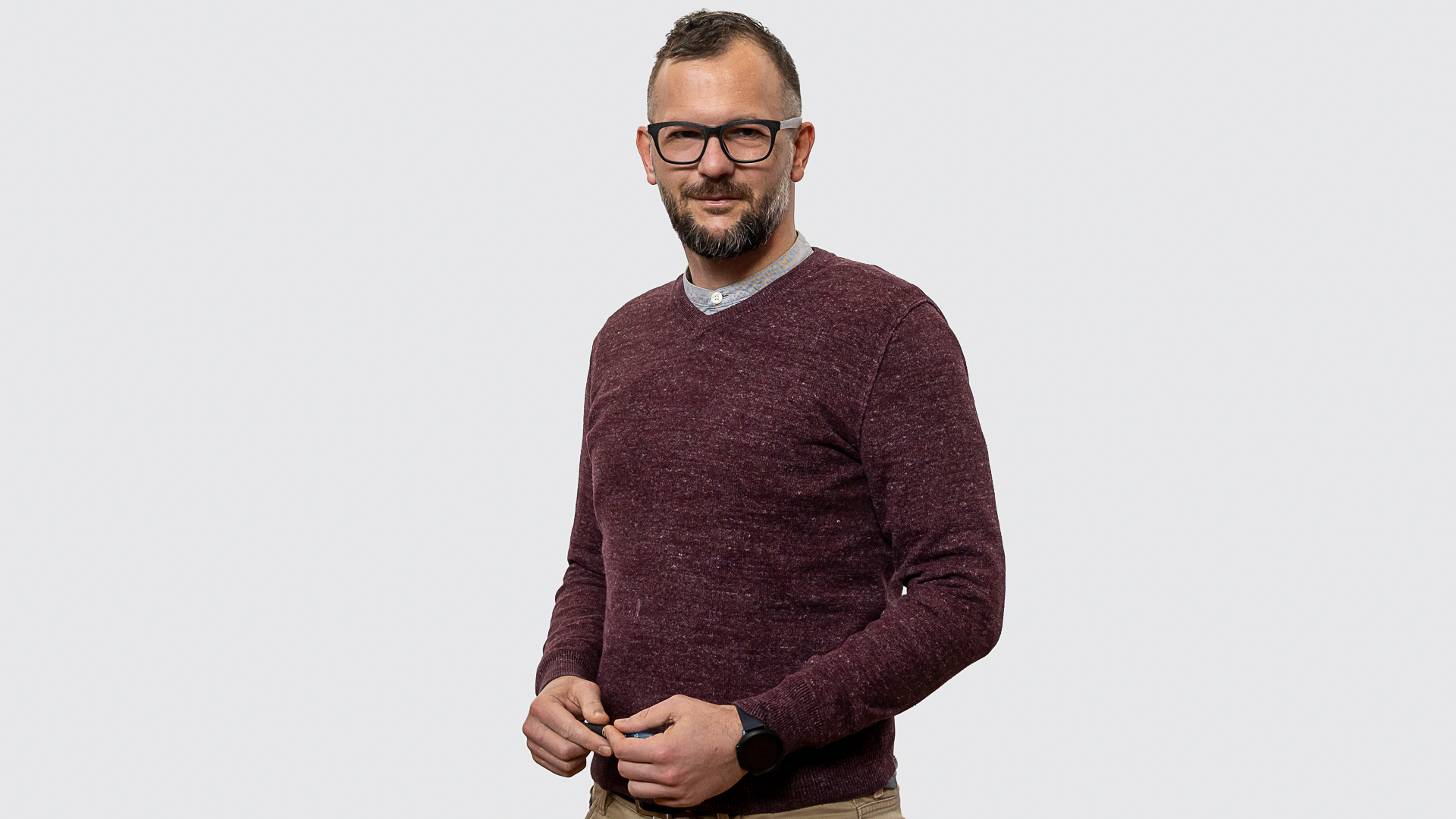Colloidal active matter are systems of hundreds of microscopic particles driven out-of-equilibrium by external fields. They display non-trivial spontaneous collective organisation into static and dynamic patterns that can be controlled by the driving field. This happens on scales orders of magnitude larger than the individual particle size. All known examples of colloidal active matter are either submerged in a liquid solvent or at a liquid-gas interface. The current understanding is that the wealth of the collective response comes from the competition of the driving forces, collisions and hydrodynamics. In gaseous carrier media hydrodynamics is negligible and does not contribute to the competition of forces. We show in a pilot experiment a first known example where colloidal microparticles display distinct collective motion in a gaseous carrier medium. This is a fundamental physics knowledge gap that this project aims to fill.
In the course of the project we will explore the parameter space of this sistem. We will use iron-cobalt microparticles with a permanent magnetic moment that can be tuned by the ratio of iron and cobalt to determine how it affects the collective response. Independently, we will employ silica coating strategies to change the surface roughness. In the pilot experiment we already identified two distinct collective responses: spikes and dispersed. We will perform experiments to show that the dispersed phase is effective at mixing the gaseous carrier medium. We will complement the experimental work with molecular dynamics based simulations. The success of this project will eliminate the knowledge gap of active matter physics in gaseous carrier media, enabling design rules for novel applications based on active matter principles.
Some past successful publications of magnetic active matter experiments (see Supplementary Electronic Information for videos)
https://www.pnas.org/doi/abs/10.1073/pnas.1710188114
https://www.nature.com/articles/s41467-018-04765-w
